It’s time to talk about fertilizing your garden.
If you’ve grown and planted your seedlings in the ground not only do you need a watering and weeding plan, you need a fertilizing plan, too.
*Note: This is a collaborative series between my father, Boyd White, who has been gardening for nearly 40 years, and myself {Becky}. Scroll down to see all the posts in this series.
**I am a participant in the Amazon Services LLC Associates Program, an affiliate advertising program designed to provide a means for me to earn fees by linking to Amazon.com and affiliated sites.
Fertilizing your Garden
There are two kinds of fertilizer for your garden – organic or inorganic. Both organic and inorganic fertilizers have the following things in common:
- Nutrient content {N-P-K}
- Quick-release and slow-release varieties
The “big three” nutrients that all plants must have to grow are nitrogen (N), phosphorus (P), and potassium (K). On most fertilizers, you’ll see NPK and numbers beside each. This tells you how much nitrogen, phosphorus, and potassium the fertilizer has.
There are other minerals needed in fertilizer such as sulfur, magnesium, zinc, boron and calcium, but they are not to the extent the “big three” are needed; or else your plants will suffer.
But before adding any fertilizer to your garden, getting a soil test helps you know what nutrients are most needed or nutrients you may be lacking. It is also best to know what nutrient(s) a particular plant needs to achieve maximum growth.
In our Kinds of Garden Beds post, we talk about how to get a soil test.
Let’s use tomatoes as an example. At planting time, tomatoes will typically need higher amounts of nitrogen (N) for plant growth, although a balanced fertilizer may be okay. However, when fruiting flowers begin to appear, it is best to have higher amounts of potassium (K) since it helps the fruiting process the most.
But since all plants during their initial growth period need N-P-K, I, Boyd, would recommend that you start off with the “big three” in a balanced ratio – like 10-10-10.
Quick-Release and Slow-Release Fertilizers
Slow-release fertilizers, also called controlled-release fertilizers, release nutrients to your plants much more slowly than quick-release fertilizers. This allows you to fertilize less often, and nutrients are less likely to drain away. Slow-release organic fertilizers include compost and rock phosphate.
Quick-release fertilizers provide necessary nutrients as soon as plants need them, but those nutrients are less likely to linger in the soil like slow-release varieties. Examples of quick-release organic fertilizers include blood meal, bone meal, and fish meal.
The University of New Hampshire has some great info on different kinds of fertilizer.
Both quick-release and slow-release fertilizers are needed in the garden; sometimes even at the same time.
For example, onion, corn, and garlic are heavy feeders. This means they will often need higher amounts of nutrients, especially nitrogen, which will help them grow taller (corn) or more and/or stronger leaves (garlic and onion).
My Three Favorite Fertilizers
We have three favorites when it comes to fertilizing your garden.
1. Compost – it is slow-release and more often than not provides the most and best nutrients your plants need.
In a desire to grow plants/produce that have the best and highest nutrient value, our focus should concern what we put in the soil so that our plants can access the necessary nutrients to help grow in the best possible way.
We can get a truckload of compost from our town for $20. Honestly, it’s not the best compost in the world, but it got me started. You can also start your own compost from “scratch.” You’ll just need a few months of patience to get it started. See how in our post, How to Compost.
2. Hydrolyzed Fish Emulsion (“cold pressed”) – this might just be your knight in shining armor for your plants. And it smells great, too – NOT! Just be sure if you spray it, to stand up wind. Ask me how I know…
Almost all outdoor plants can benefit from fish emulsion fertilizer. This includes vegetables, such as tomatoes and cucumbers; fruits, like strawberries; flowers of all kinds; and lawns. It can be applied directly to the soil surrounding plants or used as a foliar spray. You can also add fish emulsion to your compost pile.
Fish emulsion usually provides a low N-P-K which helps to not “burn” your plants. Because fish emulsion is fast-acting, it should be applied every two to three weeks.
Read more about fish emulsion, and even how to make your own, at The Growing Leaf.
3. Bone meal – Bone meal is a natural source of nitrogen, phosphorus, and calcium. It’s a great source of fertilizer when your plants are starting out, but I also use it once or twice in the growing season. I just sprinkle a little bit of bone meal in the surrounding soil around my plants and gently mix it in well. Then, I water my plants.
Enjoy gardening!
~Becky
More Posts in this Series
- Introduction
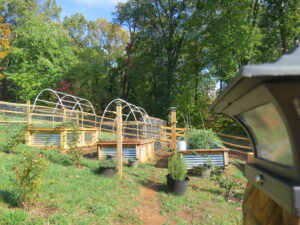

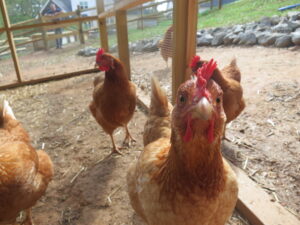
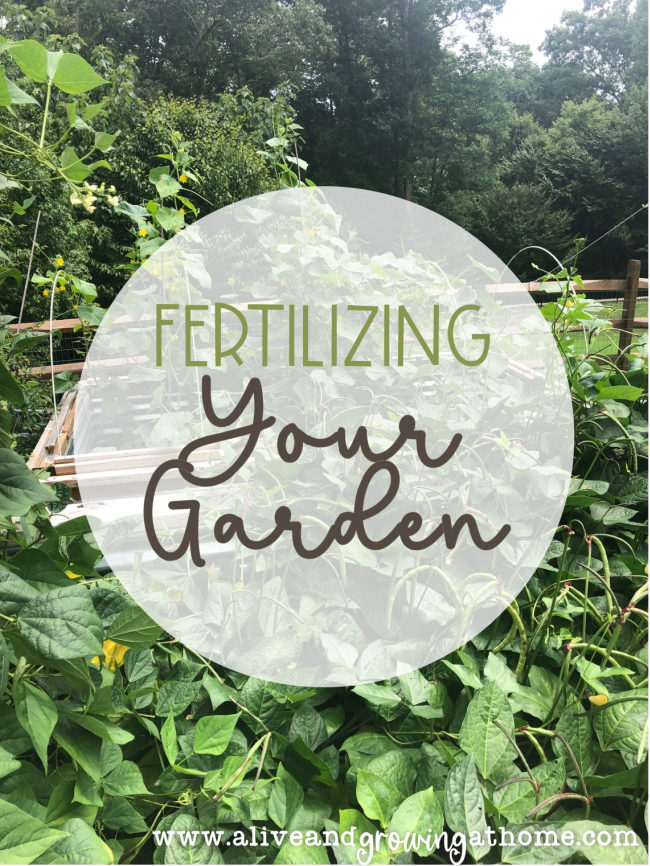
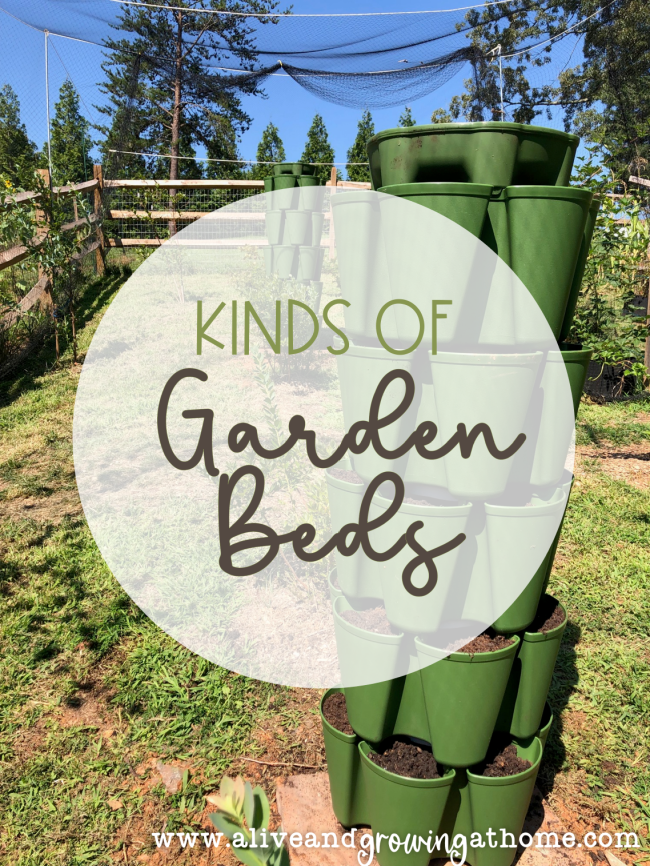

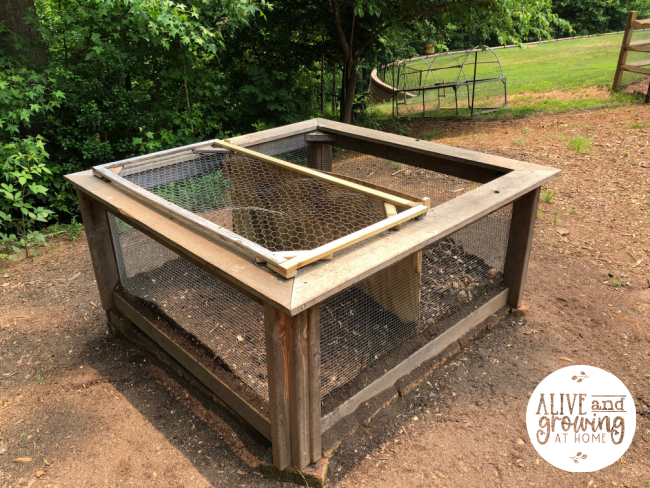
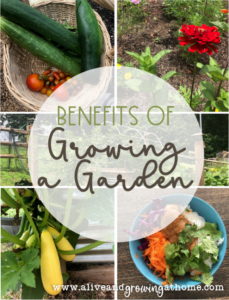
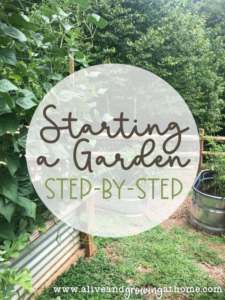
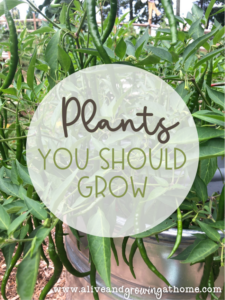

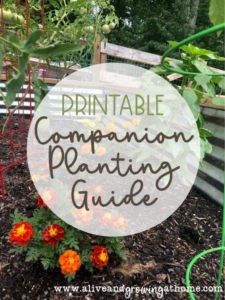
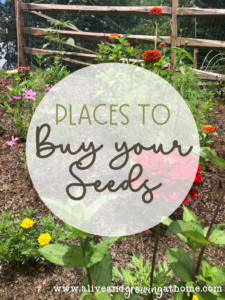
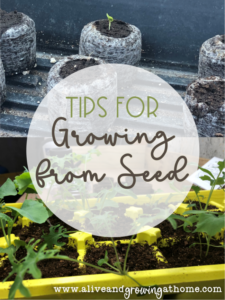
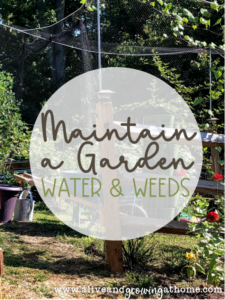
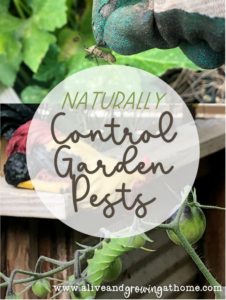

Leave a Reply